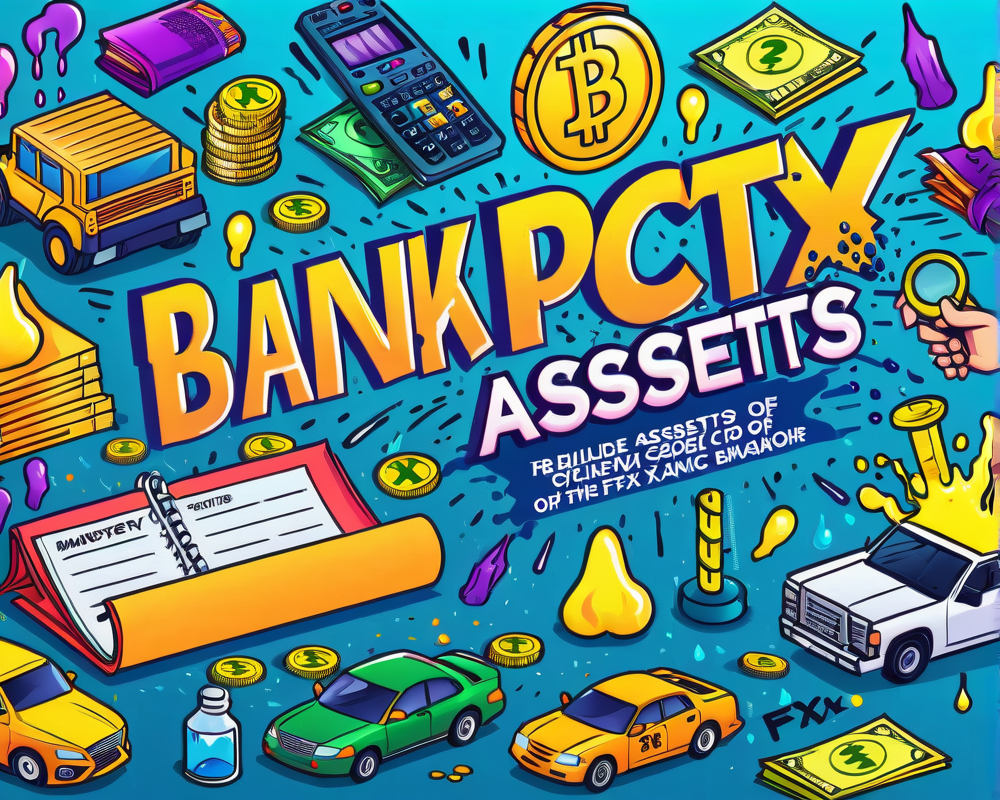The Meteoric Rise of DeFi: What’s Next?
In the second half of 2020, we witnessed an incredible surge in decentralized finance (DeFi). From less than $1 billion in June to over $27 billion shortly after, the question remains: can this growth continue, and where will it lead? As the wave of yield farming began with the COMP token from Compound, we saw assets flooding into the DeFi space. It’s been like watching a toddler discover sugar for the first time — exciting yet chaotic.
Breaking Down Barriers: New Asset Types for Everyone
Decentralized exchanges experienced their share of growing pains, from liquidity problems to awkward order matching. But thanks to innovative solutions like automated market makers and liquidity pools, trading volumes are now hitting around $2 billion daily! What’s next? The focus will likely shift to real-world assets. Imagine borrowing against your car, home, or even that weird collection of spoons your grandma left you. The potential for tokenizing these assets could significantly expand the DeFi universe.
Scalability: Layering Up for DeFi Success
If you’ve ever tried paying for a coffee with a credit card during peak hours, you understand the frustration of high gas fees and slow transactions. These issues are holding DeFi back, but hope is on the horizon! We might see:
- The rollout of Ethereum 2.0.
- Dominant layer-two scaling solutions emerging.
- Adoption of cross-chain interoperability solutions.
These changes could transform DeFi into a robust system capable of handling larger volumes of transactions — akin to upgrading from a bicycle to a motorcycle.
Bridging the Gap: The Meeting Point of CeFi and DeFi
Institutional investors are starting to recognize DeFi as a viable option, especially for those seeking higher yields through stablecoins. But wait! With rising regulatory scrutiny, we’re at the crossroads of centralized finance (CeFi) and DeFi. Expect to see products that meet both decentralized ideals and regulatory requirements, but these solutions will raise fundamental questions about the true essence of ‘trustless’ finance.
Making DeFi User-Friendly: From Confusion to Convenience
For many, diving into the DeFi pool feels more like trying to figure out a Rubik’s cube blindfolded. However, just like your favorite tech gadget, DeFi is slowly becoming more intuitive. Projects like Yearn.finance have demonstrated that it’s possible to lower entry barriers, making it easier for folks to jump aboard this financial revolution. In the near future, users might just find themselves participating in DeFi without even realizing they’re on the blockchain — like a magician performing a trick right before your eyes!
A Cautionary Note: The Looming Threat of Exploits
Unfortunately, with great power comes great responsibility — or, in this case, great risks. As more capital flows into DeFi, the frequency of attacks and exploits rises. In 2020 alone, about $100 million was siphoned off due to various hacks. This could change how institutional investors perceive DeFi’s yield potential. The upcoming years may see an increased demand for smart contract auditing, insurance, and collaboration among DeFi projects to bolster security.
DeFi’s Place in Tomorrow’s Financial Landscape
The rise of DeFi has not only changed the game but has also transformed our perception of financial services. As we move forward, expect a major scale-up in infrastructure, regulation, and professionalism as more players enter the arena. The metaphorical dust from 2020 is settling, paving the way for a new paradigm in how we engage with finances.




